Toenails serve a crucial role in shielding the delicate tissues and tips of our toes, composed of keratin—just like our skin and hair—which provides them with resilience against injuries and infections.
However, accidents or infections can sometimes lead to the loss of a toenail or fingernail. Fortunately, nails have the ability to regrow. While fingernails generally take about six months to fully regenerate, toenails may require up to 18 months.
In this article, we’ll explore the regeneration process of nails and offer tips to aid their recovery, focusing on the question, “How Long Does It Take for a Big Toe Nail to Grow Back?
You should also read the following articles:
- White Spot on Toe Nail (Leukonychia): Causes and Treatment
- Nail Split Down the Middle Vertically: Overview and Solution
How Long Does It Take for A Toe Nail To Grow Back?
Both toenails and fingernails have a slow growth rate, but toenails take longer to fully regrow.
Typically, it can take up to 18 months for a toenail to completely grow back, while a fingernail may take about 4 to 6 months to regrow.
The exact reason why fingernails grow faster is not entirely clear. One theory suggests that because fingers are more actively used, they receive better blood circulation, which may contribute to quicker fingernail growth.
While the general timeframes for nail regrowth are provided, it’s important to note that individual circumstances can affect the rate of regrowth, as outlined in the following table.
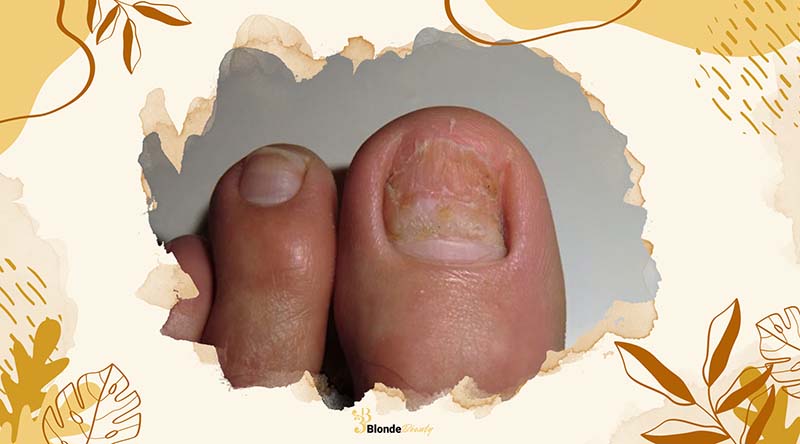
Reasons Why Your Toenails May Fall Out
There are several reasons why your toenails may fall out, ranging from injuries to underlying health conditions:
- Injury: Simple foot injuries like those from car accidents, sports, or dropping something on your foot can lead to toenail loss. When you injure your toenail, it may appear black or purple underneath due to a subungual hematoma, where blood collects under the nail. As the blood accumulates, the toenail may eventually separate from the nail bed, taking several weeks to fully fall off.
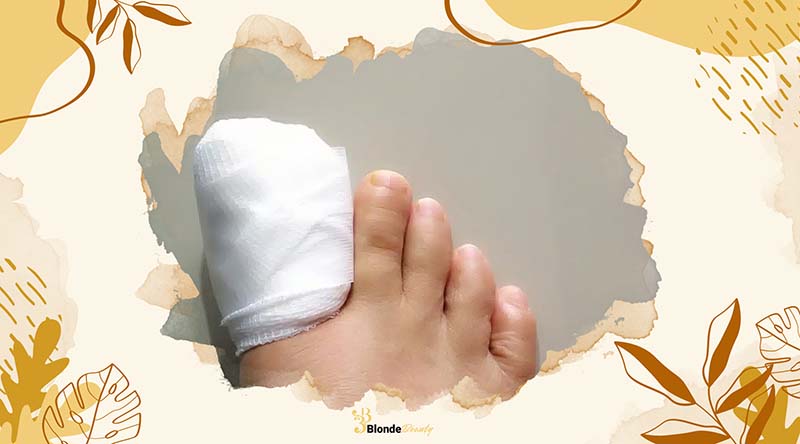
- Fungi: Fungal infections can develop between the nail bed and toenail, causing the toenail to fall off over time. Symptoms of a fungal toenail infection include thicker toenails, white or yellowish-brown discoloration, dryness, brittleness, foul odor, and unusual nail shapes. Conditions such as athlete’s foot or diabetes, which can lead to poor foot circulation, increase the risk of fungal toenail infections. Aging can also make nails dry and prone to cracking, providing an entry point for fungi.
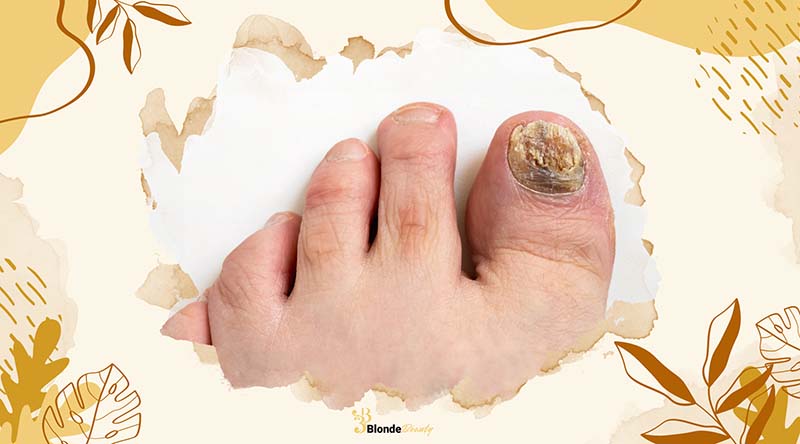
- Psoriasis: Psoriasis, an autoimmune condition characterized by the accumulation of skin cells, can affect not only the skin but also the toenails. While many cases of nail psoriasis are mild, the buildup of skin cells in the nail bed can result in toenail loss. Symptoms of psoriasis on the toenails include pitting, thickening, unusual nail shapes, yellow or brown discoloration, and a chalky buildup under the nail.
These factors highlight the importance of proper foot care and seeking medical attention if you notice any changes or abnormalities in your toenails.
What Are the Stages of Nail Regrowth?
Nail regrowth progresses through several stages:
- Matrix Formation: Nails originate from the matrix, located beneath the skin, which serves as the root of the nail. New cells continuously form in the matrix.
- Cell Growth: As new cells develop in the matrix, they gradually push older cells upward, toward the surface of the skin.
- Skin Penetration: The older cells migrate upward, pushing through the skin surface. During this process, the cells harden and die.
- Nail Formation: The hardened, dead cells on the surface of the skin transform into nails, providing protection and structure for the fingertips or toes.
This cyclical process ensures the continuous renewal and maintenance of healthy nails.
Factors That Can Affect Toenail Regrowth
Several factors can influence the speed and quality of toenail regrowth after removal:
- Nail Strength and Health: The overall condition of your nail, including its strength and health, can impact how quickly it grows back. Brittle, slow-growing nails may take longer to regrow.
- Collagen Levels: Collagen, a crucial protein for hair, skin, and nails, tends to decrease as we age, potentially leading to weaker nails. Supplementing with collagen may help boost nail strength and growth, especially as collagen production naturally declines with age.
- Keratin Levels: Keratin, another fibrous protein crucial for nails, hair, and skin, also diminishes with age. Coating nails with keratin or taking oral keratin supplements might aid in improving nail strength and promoting faster growth, though further research is needed to confirm its effectiveness.
- Dietary Factors: A nutrient-rich diet is essential for healthy nail growth. Adequate protein intake and consumption of vitamins, such as biotin, play a significant role in nail health and growth. Biotin, a B vitamin, is particularly important for nail protein production.
- Climate: Interestingly, environmental factors like climate can influence nail growth rates. Paying attention to climate conditions and adjusting care accordingly may support optimal nail regrowth.
While supplements like collagen, keratin, and biotin are available, they should complement a balanced diet rather than replace it. Prioritize a healthy lifestyle, including proper nutrition and nail care, to promote robust and speedy toenail regrowth.
What Is the Best Way to Care for Lost or Damaged Nails?
Here are some effective ways to care for a lost or damaged nail and expedite the healing process:
- Apply Cold Compress: Use a cold compress for up to 20 minutes to alleviate swelling and inflammation. Wrap a cloth around an ice pack before applying it to the affected area.
- Elevate the Nail: Keep the injured nail elevated to reduce blood flow, which can help minimize swelling and bruising.
- Take Biotin Supplements: Biotin supplements can promote cell growth and aid in metabolizing protein-building amino acids, facilitating faster nail regrowth.
- Keep the Wound Dry and Covered: Ensure the wound remains dry and protected. Clean and dry the nail bed daily, then cover it with a bandage. Change the bandage daily to maintain cleanliness.
- Apply Antibiotic Ointment: Apply antibiotic ointment to the damaged nail to prevent infection and promote healing.
- Secure the Nail: If the nail hasn’t already detached, try to keep it in place until it naturally falls off. This provides additional protection to the delicate nail bed underneath.
Following these tips can help promote optimal healing and facilitate the regrowth of a healthy nail.
When to See a Doctor?
While many cases of nail trauma can be managed at home, there are instances where seeking medical attention is necessary. Here are some indications for when to see a doctor:
- Hard-to-Treat Nail Fungus: If you have persistent or severe nail fungus that doesn’t respond to over-the-counter treatments, consulting a doctor is advisable.
- Nail Psoriasis: Nail psoriasis, characterized by symptoms such as pitting, thickening, discoloration, or changes in nail shape, may require medical evaluation and treatment.
- Signs of Infection: If you notice any signs of infection around the nail area, such as pain, discoloration, thickening, oozing, or changes in shape, it’s important to seek medical attention promptly. Infections can worsen if left untreated and may require medical intervention.
In these situations, a healthcare professional can provide proper diagnosis and treatment to address the underlying issue effectively. Don’t hesitate to reach out to a doctor if you have concerns about your nail health or if symptoms persist despite home care measures.
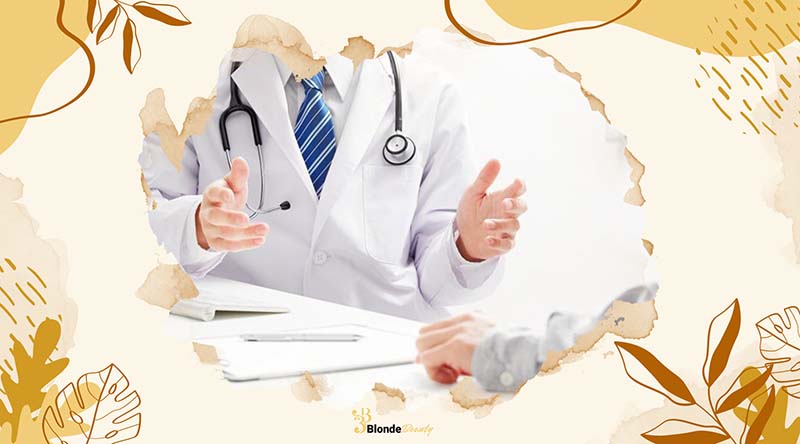
Conclusion
In conclusion, toenails and fingernails are crucial for protecting our skin but can be lost due to trauma or infections. It’s important to ask, “How Long Does It Take for a Big Toe Nail to Grow Back?” as regrowth times can vary—ranging from several months to a year.
During this period, proper nail care is essential: keep the area clean, dry, and protected. Patience is key, and if you encounter any concerning symptoms, seek medical advice. With careful attention, your nails will gradually regain their health.
For more insightful articles on health and wellness, be sure to explore additional blogs from Blonde Beauty.
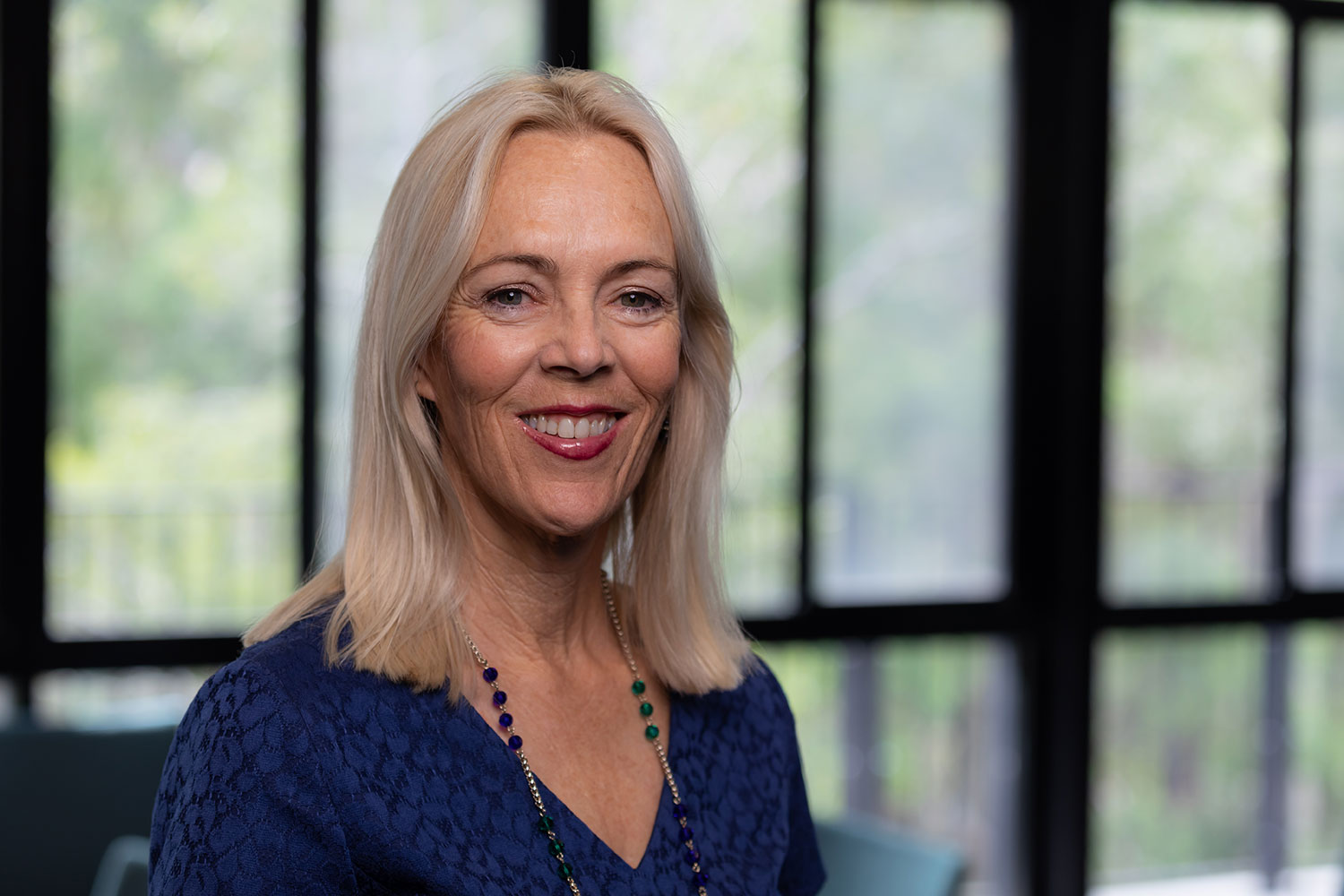
Laureate Professor Clare Collins
Professor Clare Collins is a leading expert in nutrition and dietetics at the School of Health Sciences, part of the College of Health, Medicine and Wellbeing. Her work is changing the way we think about food and health. She grew up as one of nine children and was the first in her family to finish high school and go to college. This background gave her a strong work ethic and a deep appreciation for seizing opportunities.
As the Director of the Hunter Medical Research Institute’s Food and Nutrition Program and a recipient of three NHMRC Research Fellowships, Professor Collins is making a big difference in public health. She focuses on helping people who are often overlooked, using new technologies like apps and online programs to improve their nutrition and reduce the risk of chronic diseases.
Professor Collins is well-respected and has been recognized as a Fellow in four major health and science organizations. She leads a diverse team of experts, including dietitians, computer scientists, and engineers, working together on global health projects.
Her achievements are impressive. She has received over $29 million in research funding, published more than 450 papers, and helped 35 PhD and Master’s students complete their degrees. She’s also active in sharing her knowledge with the public. She has developed tools like the Australian Eating Survey and the Healthy Eating Quiz, and she often appears in the media to talk about nutrition.
PUBLISHED ARTICLES
- Collins, C. (2019). “The Effect of a Pilot Dietary Intervention on Pain Outcomes in Patients Attending a Tertiary Pain Service.”
- Collins, C. (2022). “Variation in cardiovascular disease risk factors among older adults.”
- Collins, C. (2022). “Evaluation of an online intervention for improving stroke survivors’ health-related quality of life: A randomised controlled trial.”
These articles show Professor Collins’s commitment to understanding how better nutrition can improve health. Her work is important for researchers, doctors, and anyone interested in healthy living.
